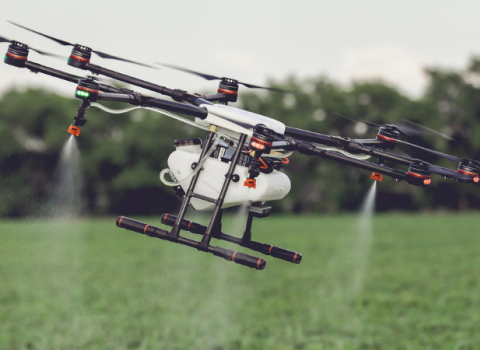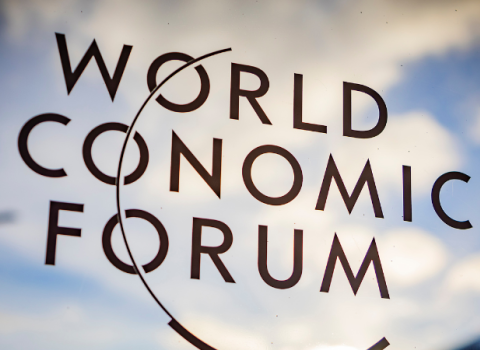A new approach to identifying and ranking the world’s largest technology clusters on the basis of patent filings puts Japan in the lead, with three clusters of Tokyo-Yokohama, Osaka-Kobe-Kyoto and Nagoya in the global top ten.
Shenzhen-Hong Kong in China is ranked second, Silicon Valley third and Seoul, South Korea fourth.
Paris sneaks into the top ten, while Frankfurt-Mannheim at 12, Stuttgart 14, Cologne-Dusseldorf 16 and Munich 20, give Germany a strong presence in the second tier of the table.
Eindhoven features at 18th, London at 21st. Cambridge, which many regard as one of Europe’s strongest clusters is a lowly 55th.
The ranking, developed by researchers at the World Intellectual Property Organisation (WIPO) is based on the addresses of inventors named in 950,000 international patent applications. The researchers say patent data offer rich information on the locality of innovative activity and can be used to identify and rank innovation clusters on an internationally comparable basis.
The cluster rank is intended to complement the WIPO’s Global Innovation Index, which looks at the innovation performance of countries. This is based on the recognition that innovation outcomes are determined by factors such as national policies, laws and institutions, federal spending and cultural ties.
That masks important differences in innovation performance within countries, as innovation activities tend to be geographically concentrated in selected clusters linked to a single city or a set of neighbouring cities.
“Adopting a cluster view opens the door to better understanding the determinants of innovation performance that do not operate at the country level, such as physical and economic geography, sub-national policies and institutions, social networks and local labour market linkages,” the researchers say.
The analysis shows that for most clusters, the largest patent applicant is a company, though for several of them it is a university, most notably the Massachusetts Institute of Technology for the 8th ranked Boston - Cambridge cluster.
Several companies constitute the top applicant for more than one cluster. Ericsson stands out as the largest applicant in five different clusters. Siemens and Intel each appear as the top applicant in four different clusters.
There are pronounced differences in the share of PCT filings accounted for by a cluster’s top applicant. For many clusters, this share stands below 10 percent, suggesting a high degree of applicant diversity. For others, this share is higher, pointing to a more concentrated distribution of applicants within clusters. Most notably, Philips accounts for 85 percent of the 18th ranked Eindhoven cluster, suggesting a cluster largely revolving around a single company.
Cluster diversity is also reflected in the share of the main technological field associated with a cluster’s patent filings. For example, the 2nd ranked Shenzhen–Hong Kong cluster has a strong focus on digital communications, with around 41 percent of patent filings in this field. By contrast, Tokyo–Yokohama cluster appears significantly more diversified, with its main technology field of electrical machinery, apparatus, and energy accounting for only 6.3 per cent of filings.
The most prominent technology among the top 100 clusters is medical technology, accounting for the top field in 17 clusters, followed by digital communication (16), pharmaceuticals (15), and computer technology (12). Overall, 18 different technology fields, out of a total of 35, feature as the top field in at least one cluster.
Read the full report here.





 A unique international forum for public research organisations and companies to connect their external engagement with strategic interests around their R&D system.
A unique international forum for public research organisations and companies to connect their external engagement with strategic interests around their R&D system.